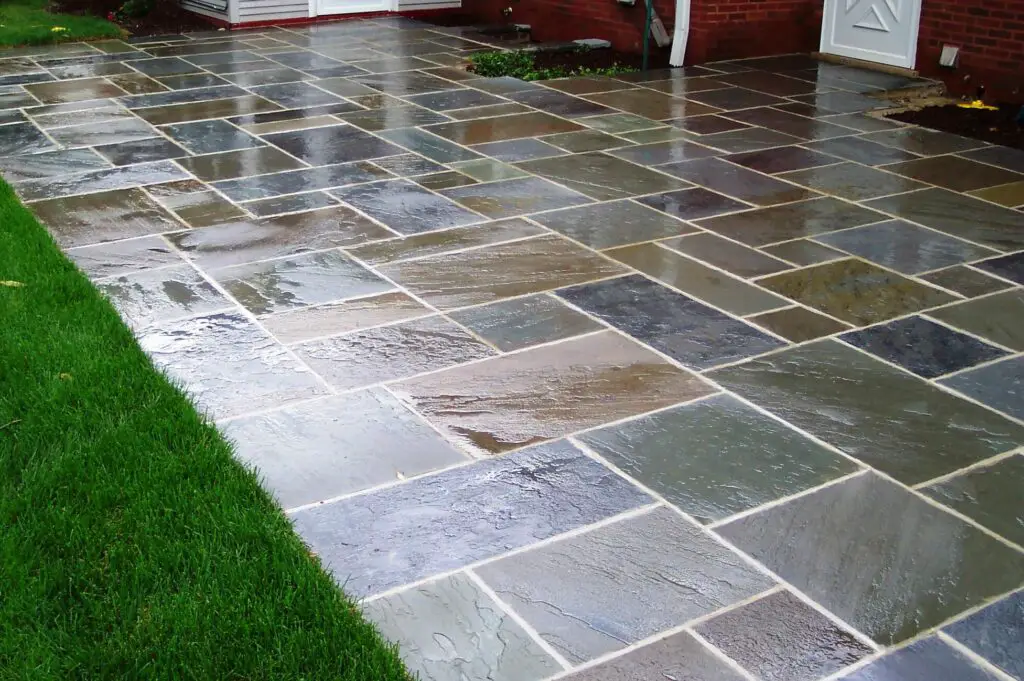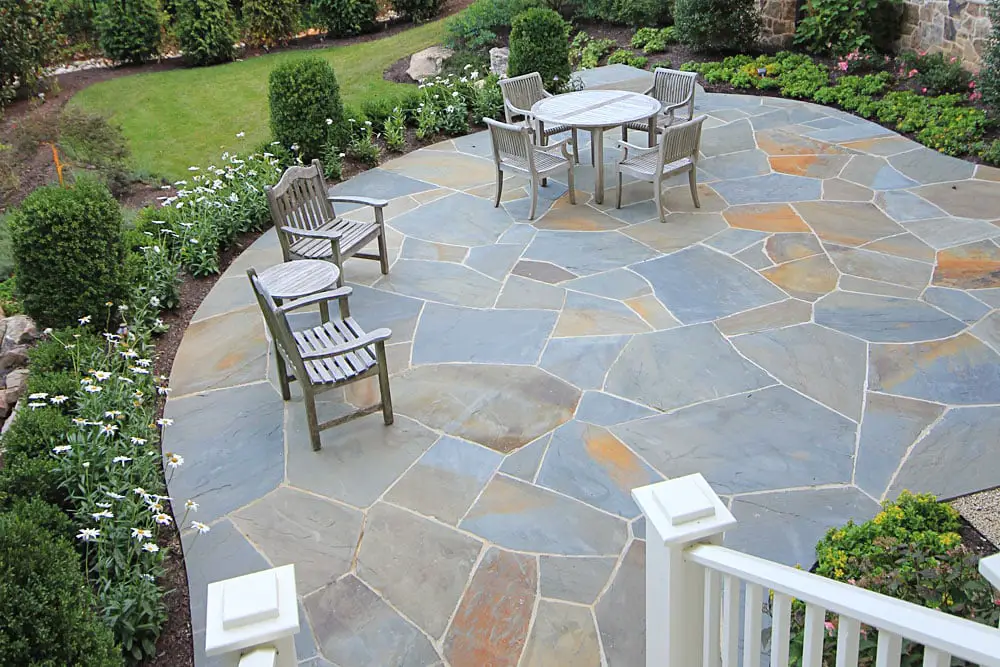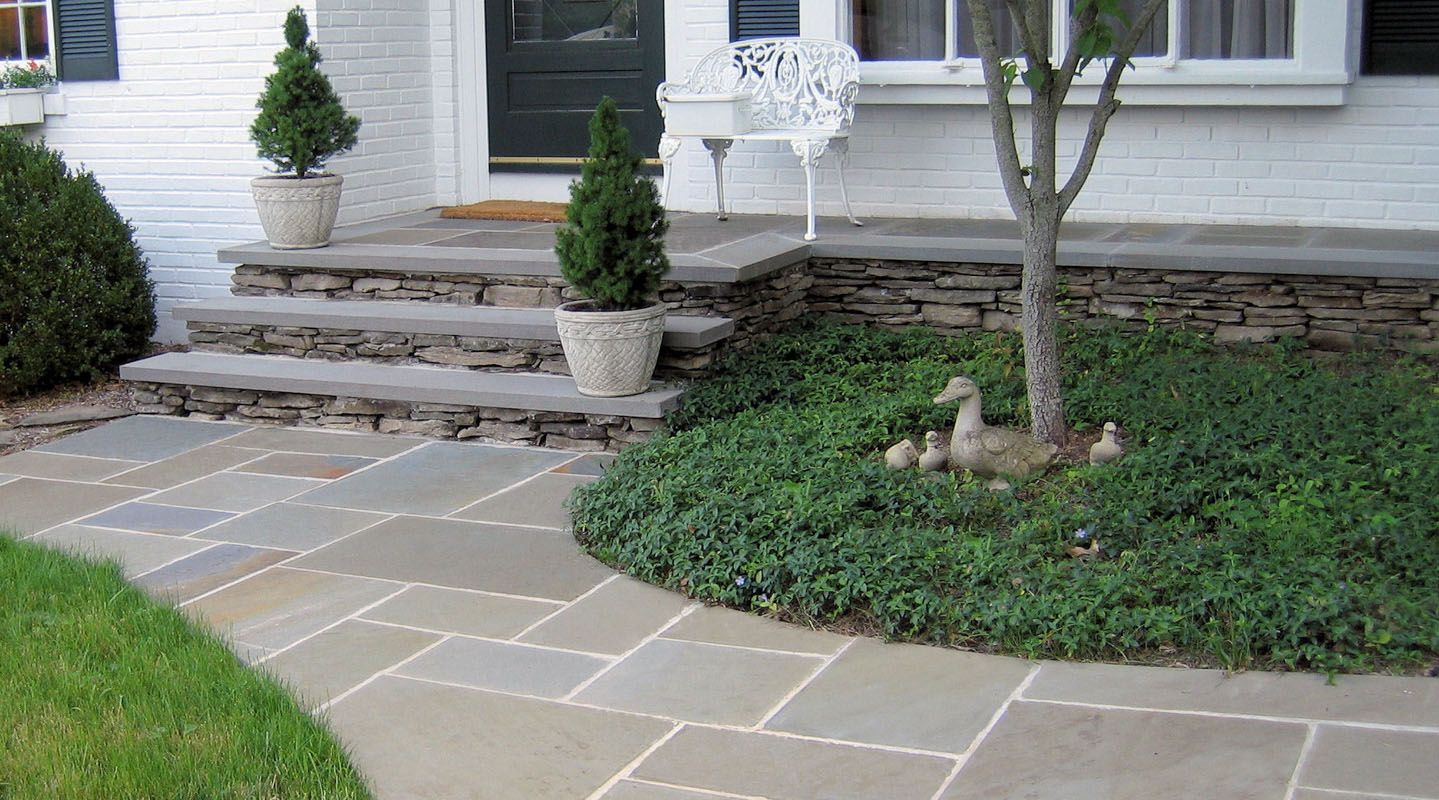How To Clean Bluestone Patio
Introduction
How To Clean Bluestone Patio: Fortunately, with the right techniques and a little effort, you can restore your bluestone patio to its original luster and ensure it remains a welcoming and safe space for gatherings and relaxation. In this guide, we will walk you through step-by-step instructions and useful tips on and maintain your bluestone patio effectively. This will make it easier to focus on deep cleaning without pushing dirt around or causing scratches.
Before you start, it’s essential to gather the necessary tools and materials to patio home make the cleaning process smooth and efficient. We’ll also explore the different methods of cleaning, from gentle surface cleaning for regular maintenance to deeper cleaning to tackle stubborn stains and moss growth. Begin by removing any furniture, planters, or obstacles from the patio. This will allow you to clean the entire surface without obstructions and avoid damaging your belongings during the cleaning process.
Before you start cleaning, ensure you have all the necessary supplies ready. You’ll need a broom or a leaf blower to remove loose debris like leaves and dirt. Additionally, have a bucket, a scrub brush or stiff bristle brush, a garden hose with a spray nozzle or a pressure washer, mild detergent or stone cleaner, and a sealer (optional but recommended for long-term protection) on hand. Use a broom or a leaf blower to clear the surface of any loose dirt, leaves, or debris.

What is the best product to clean bluestone patios with?
Make a solution – It is recommended that you mix one to four ounces of a neutral-pH stone cleaner such as vinegar or hydrogen peroxide per each gallon of water. If you have a large patio, you will need to mix several gallons to accomplish this project.
For routine surface cleaning and light dirt, a simple solution of mild detergent and water can be highly effective. Mix a few tablespoons of mild dish soap or stone-safe detergent in a bucket of water. Use a soft-bristle brush or mop to scrub the patio, then rinse thoroughly with water. This gentle approach is suitable for regular maintenance and won’t harm the bluestone’s surface.
Specifically designed for cleaning stone surfaces, stone cleaners are formulated to be safe and effective on bluestone patios. Look for a product that is pH-neutral and free from harsh chemicals. Stone cleaners can tackle moderate dirt and stains, making them a reliable choice for regular cleaning sessions.
A natural and eco-friendly option, a solution of equal parts white vinegar and water can be used to remove tougher stains, moss, and algae. The mild acidity of vinegar helps to break down grime and organic growth. Apply the solution to the affected areas, scrub with a stiff brush, and rinse thoroughly.
To combat stubborn stains, create a paste using baking soda and water. Apply the paste to the stain, let it sit for a few hours, or overnight if necessary. Baking soda is a gentle abrasive that can lift stains from the stone’s surface. Scrub the area with a brush and rinse thoroughly.
Is bluestone easy to clean?
Add vinegar and water to your bluestone and scrape it, or use a professional cleaner for tougher stains.
Bluestone is easier to clean than rougher or porous stone because of its flat surface. Smooth texture makes wiping or scrubbing dirt and filth easier.
Regular upkeep: Preventive care and upkeep make bluestone easy to clean. Sweeping or hosing down the patio regularly prevents dirt and stains from setting in.
For general cleaning, bluestone can be cleaned with mild soap and water or specialized stone cleaners. These solutions usually remove mild grime and stains without destroying stone.
Natural Cleaning Solutions: Bluestone can be cleaned using equal parts white vinegar and water or baking soda paste. These gentle cleaners can remove harder stains and organic growth, making stone restoration easier.
Bluestone can be pressure-washed, but use caution. High water pressure may harm stone or embed dirt. Keep pressure washer pressure low and away from stone.
What is safe to clean bluestone?
After years of use, as the stone starts to wear, grease and oil can eventually start causing stains. The good news is that these stains are not permanent and can be removed easily with soap and water, or if necessary, an organic cleaner. For example, using a simple mix of ammonia powder and water will do the trick.
A mixture of mild dish soap or stone-safe detergent with water is one of the safest and most effective ways to clean bluestone. This solution is gentle on the stone while effectively removing dirt, grime, and light stains. Avoid using harsh or abrasive cleaners, as they can cause etching and discoloration.
Choose pH-neutral and biodegradable stone cleaners that are specifically designed for cleaning natural stone surfaces, including bluestone. These cleaners are formulated to be safe and effective without causing any harm to the stone’s surface or sealer (if applied).
A natural and eco-friendly option, a mixture of equal parts white vinegar and water can effectively remove tougher stains, moss, and algae from bluestone. The mild acidity of vinegar helps break down grime and organic growth without causing any harm to the stone.
A paste made from baking soda and water is a safe and gentle abrasive that can be used to remove stubborn stains on bluestone. It is an effective option for spot-cleaning without causing damage to the stone’s surface.
What is the best solution to clean bluestone?
To clean bluestone, you can use dish soap, water, and a scrub brush. If it’s particularly dirty, you may need to use a stronger cleaner to remove stubborn stains. To keep your bluestone looking brand new, remember to clean it regularly and deal with spills as soon as possible.
A mixture of mild dish soap or stone-safe detergent with water is a safe and effective solution for routine surface cleaning of bluestone. This gentle solution can remove light dirt and grime without causing any harm to the stone’s surface. It is a great choice for regular maintenance and general cleaning.
Opt for a pH-neutral and biodegradable stone cleaner that is specifically designed for cleaning natural stone surfaces, including bluestone. Stone cleaners are formulated to be safe and effective in removing moderate dirt and stains without damaging the stone.
A natural and eco-friendly option, a solution of equal parts white vinegar and water can effectively tackle tougher stains, moss, and algae on bluestone. The mild acidity of vinegar helps break down grime and organic growth, making it an effective and safe cleaning solution.
For more stubborn stains, create a paste using baking soda and water. This gentle abrasive paste can be applied to the stain, left to sit for a few hours, and then scrubbed away with a soft brush. Baking soda paste is safe for bluestone and can help lift tough stains without causing damage.
For deep-seated or stubborn stains that are difficult to remove with regular cleaning solutions, a stone-specific poultice can be highly effective. A poultice is a paste-like substance that draws out stains from the stone without causing any harm.
Why does bluestone turn brown?
As BLUESTONE weathers, the colours can show changes to brown or rust-red due to oxidation into rust of its iron-rich minerals. Sealing BLUESTONE with Professional Grade sealers is recommended to offer for stain resistance and make ongoing maintenance easier.
One of the primary reasons bluestone may turn brown is the natural oxidation and weathering process. Bluestone contains minerals, such as iron, that are susceptible to oxidation when exposed to air and moisture. As iron within the stone oxidizes, it can lead to the formation of iron oxide, commonly known as rust, which causes the stone to turn brown or reddish-brown in color.
Bluestone surfaces, especially those in outdoor environments, are exposed to organic matter like leaves, algae, moss, and other debris. When these organic materials decompose and interact with the minerals in the stone, they can cause stains and discoloration on the surface, leading to a brownish hue.
Water and moisture are significant factors in the discoloration of bluestone. When water penetrates the stone’s surface, it can carry minerals and contaminants that react with the stone’s composition, causing discoloration over time. Prolonged exposure to water can accelerate the process of oxidation and the development of brownish stains.
Bluestone in outdoor settings is exposed to various environmental factors, such as pollution, acid rain, and the presence of certain minerals in the soil. These factors can contribute to the stone’s discoloration, especially when combined with moisture and natural weathering.
How long will bluestone last?
It is long-lasting and durable. With proper care and maintenance, bluestone patios can last for years.
The quality of the bluestone itself plays a significant role in determining its lifespan. High-quality bluestone that is properly quarried and processed will have better structural integrity and resist wear and tear more effectively. Choosing bluestone from reputable suppliers ensures you have a durable stone with a longer lifespan.
Bluestone’s durability can be influenced by the environment it is exposed to. Extreme weather conditions, such as freezing temperatures, excessive heat, heavy rain, and UV radiation, can impact the stone’s longevity. Bluestone that is exposed to harsh environmental conditions without proper protection or maintenance may show signs of wear and deterioration more quickly.
Regular maintenance and cleaning are crucial in extending the lifespan of bluestone. Routine sweeping, hosing, and removing debris can prevent scratches and wear caused by abrasive particles. Additionally, prompt cleaning of spills and stains can prevent them from penetrating the stone’s surface and causing long-term damage.
Applying a high-quality stone sealer can significantly enhance the lifespan of bluestone. A stone sealer creates a protective barrier on the surface, reducing the stone’s porosity and making it more resistant to stains, moisture, and environmental elements.
Is Blue stone good for patios?
Their durability, natural stone look, rich hues, and versatility in installation in sand or mortar sealer make them popular in landscape design.
Bluestone is attractive for its natural beauty. Its unusual blue-gray tint ranges from faint blues to deep grays. The stone’s tint matches modern and classic architecture and lends elegance and sophistication to patio designs.
Durability: Bluestone is perfect for patios due to its durability. It resists wear, scrapes, and impact, so it can tolerate strong foot traffic and external weather.
Weather Resistance: Bluestone can survive harsh temperatures, freeze-thaw cycles, and prolonged sunlight without cracking or degrading. This makes it ideal for many climates.
Slip Resistance: Bluestone’s naturally rough surface resists slips even when wet. Safety is paramount on patios, especially near pools or in water-prone locations.
Bluestone is ideal for those who want a low-maintenance patio surface. Sweeping and occasional cleaning with light detergent or stone-safe solution usually keep the patio looking good.
Is bluestone better than concrete?
Concrete is low maintenance
Bluestone may fade and turn grey without adequate upkeep, whereas concrete will last for decades with careful care. For maximum protection from weathering and stains, reseal it every few years.
Bluestone is prized for its natural beauty and unusual blue-gray tint, which elevates outdoor areas. Its irregular textures and color variations make it look natural. Concrete gives versatility in design through finishes, patterns, and colors, but it may not match bluestone’s natural beauty and character.
Bluestone is highly durable, resisting wear, scrapes, and impact. It can tolerate strong foot traffic and weather without deteriorating. Weather, incorrect installation, and concrete mix quality can affect concrete’s durability.
Bluestone requires minimal maintenance, typically limited to regular sweeping and occasional cleaning. Its natural cleft texture makes it less prone to showing stains or dirt. Concrete, while durable, may require more maintenance, especially if it is in high-traffic areas or exposed to harsh weather conditions. Sealing concrete surfaces can help protect them from stains and weathering.
Bluestone’s naturally textured surface provides excellent slip resistance, even when wet. This is a crucial safety feature for outdoor spaces, especially near pools or in regions with frequent rainfall. Concrete surfaces can become slippery when wet, and textured finishes or additives may be necessary to improve slip resistance.

Conclusion
Regular surface cleaning with mild detergent or stone cleaner, coupled with routine sweeping and hosing, will go a long way in preventing the build-up of debris and maintaining the patio’s overall cleanliness. For more stubborn stains or moss growth, employing specialized cleaning solutions or poultices can effectively tackle these issues without causing harm to the bluestone. By investing time and effort into maintaining your bluestone patio, you are ensuring that it remains a stunning and inviting centerpiece of your outdoor living space.
Remember to consider the optional step of applying a stone sealer, as it can enhance the color of the bluestone while providing protection against future stains and weathering. Properly sealed bluestone pavers will also be easier to clean and maintain in the long run. As you embark on your cleaning journey, be sure to use the right tools and materials for the job and take care to avoid any harsh chemicals or abrasive cleaning methods that could damage the stone.
Consistency is key when it comes to bluestone patio care. Regular maintenance and prompt attention to spills and stains will help prolong the life of your bluestone and keep it looking beautiful for years to come. Lastly, don’t forget to enjoy your newly cleaned bluestone patio! With its fresh appearance and renewed allure, it’s the perfect space for outdoor gatherings, relaxation, and making cherished memories with family and friends.








